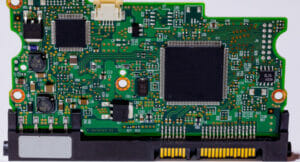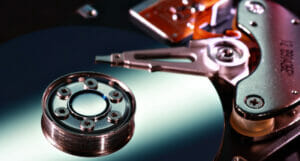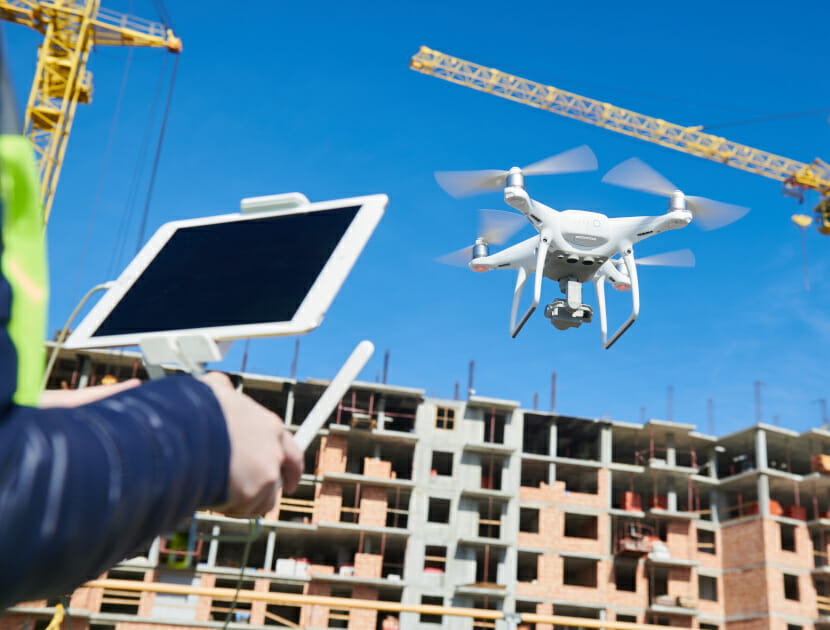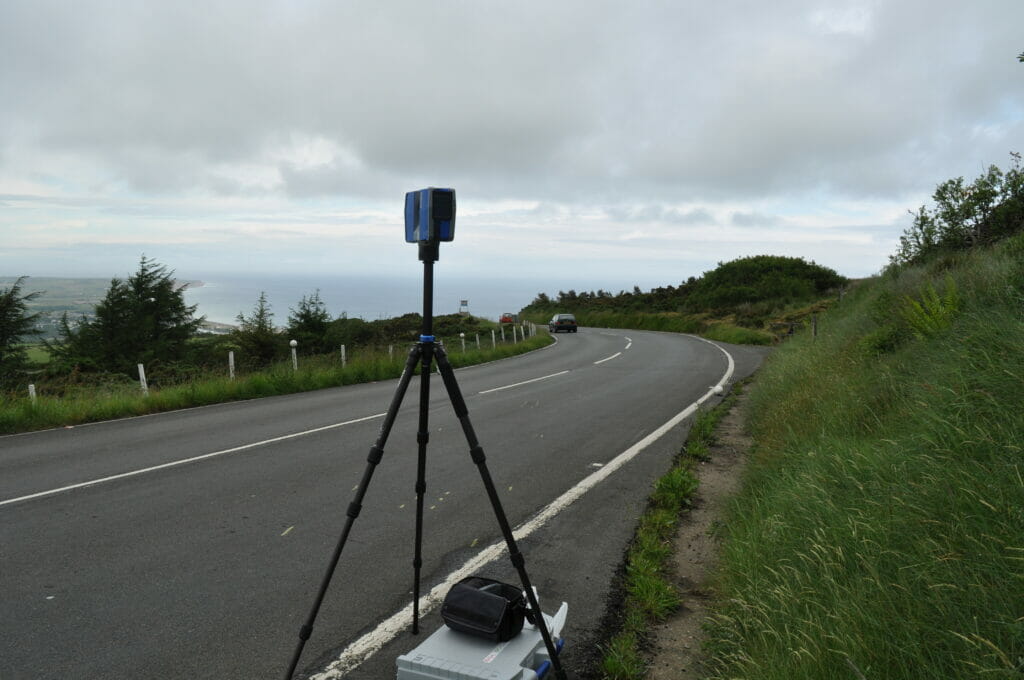Photogrammetry
Photogrammetry is the process of obtaining reliable spatial information from 2D still photographs.
Photographs often are the best available source of evidence in ascertaining the precise height, position, and orientation of objects in an incident scene.
Deducing true 3D dimensions from a 2D photograph is not as simple as taking direct measurements with a ruler or a protractor. This is because a 2D photograph is a type of projection from 3D space to a 2D plane so any information about ‘depth’ is lost in the process. The mathematics involved are applications of theorems in projective geometry, linear algebra and matrix analysis.
There are many other factors to consider in photogrammetry such as:
- Lens distortion – A camera ‘lens’ comprises a group of individual lens elements intended to distort light rays, causing the light to focus on the sensor of the camera (or the film). Inevitably, some unwanted distortion is introduced in the process, referred to as ‘lens distortion’. It typically causes straight lines to appear curved.
- Perspective distortion – Objects that are further away from the camera look relatively smaller in scale than objects nearby. Therefore, only taking direct measurements of objects in photographs at face value will produce very inaccurate and unreliable conclusions.
OUR ANALYSIS CAN PROVIDE ANSWERS TO QUESTIONS LIKE:

What is the angle of the ladder in this photograph? Is it steeper than the legal limit of 75 degrees?

How tall are the man and the woman in this frame of the video recording? How far ahead of the lorry were they when they crossed? Could the lorry driver have seen them?


Only two frames of the black car from a video recording were available. What is the speed of the car?

How high was the sculpture? Could they have avoided the collision to the head when entering the room?

What was the angle of this tree prior to its collapse? Did it tilt gradually or suddenly?
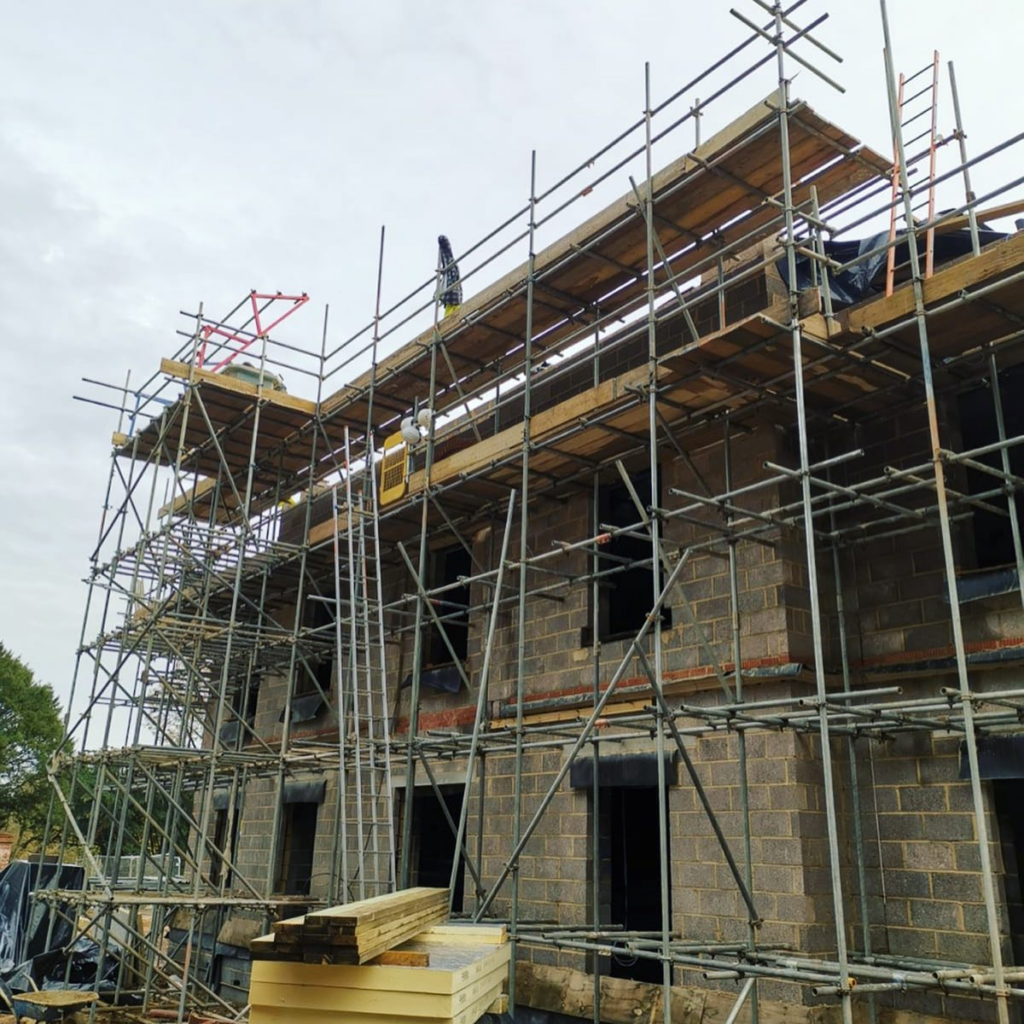
How tall is this wooden scaffolding platform?

Where is the position of the camera that took this photograph?
WHY INSTRUCT A HAWKINS SPECIALIST IN FORENSIC PHOTOGRAMMETRY?
As with video recordings, photographs contain scientific data that is easily perceived. As a result, the information contained in photographs is easily mis-interpreted. We can remove the requirement for subjective interpretation.
The key principles of photography are based around the behaviour of light rays and the capture of light by the camera. Analysis with photogrammetry requires a robust understanding of its mathematical and scientific principles. We are fluent in the process of forensic photogrammetry, with experts who understand the principles from a grass-roots level.
Our experts have extensive experience, libraries of images and the facilities required to conduct practical experiments, investigating how the composition of photographs vary with changes in focal length, aperture, camera positions etc..
Our expertise in forensic photogrammetry often supports or feeds our other service offerings; the investigation of personal injuries, road traffic collisions, fires and other incidents. We can also perform simulations, video analysis and virtual reconstruction. Hawkins can offer a complete, holistic service.
Please contact Richard Baker and/or Inigo Beckett for more information, and with any enquiries you may have.
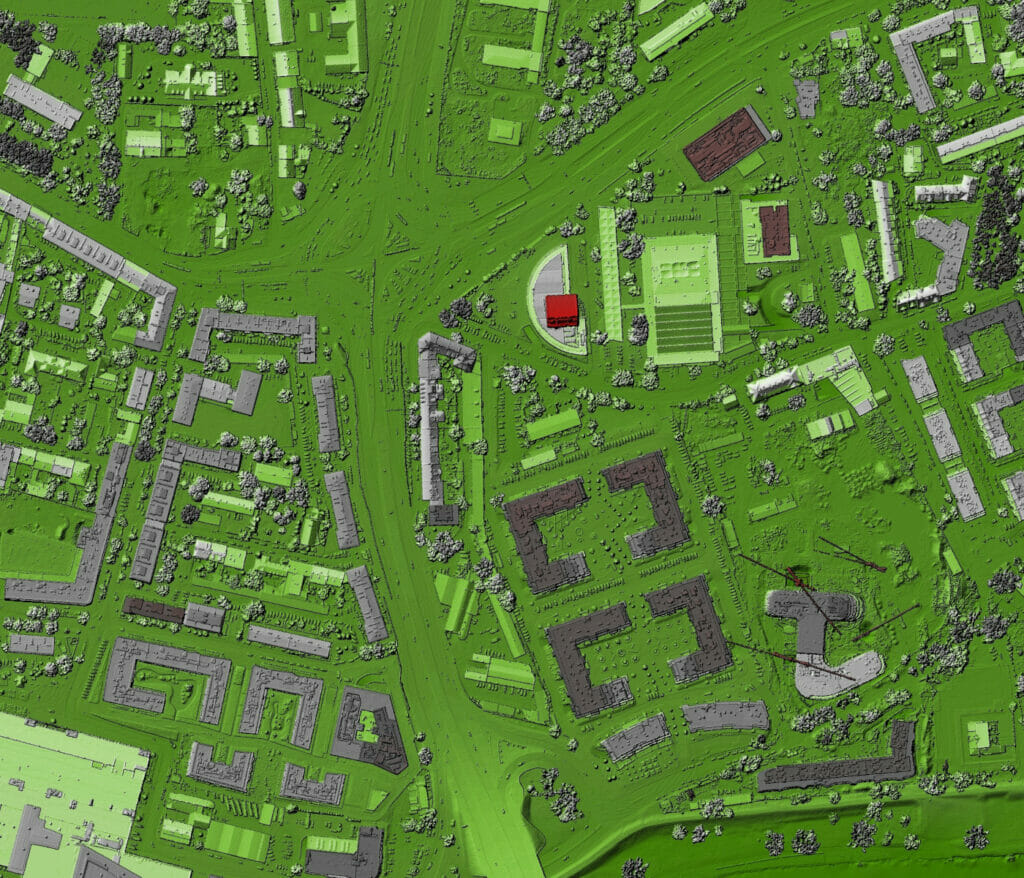
SPEAK TO ONE OF OUR EXPERTS
Related areas of expertise
Digital Forensics
Given the prevalence of technology in the world today, the need to investigate the activities conducted using technological devices is becoming more relevant and useful.
Video Analysis
Closed Circuit Television (CCTV) systems and portable video recording devices are ubiquitous. Video recordings can provide definite and compelling evidence, often entirely in isolation.
Data Recovery
Given the prevalence of technology in the world today, there is a huge increase in data being lost, deleted, or corrupted. We truly understand the importance of data and the personal and commercial consequences of losing access to it.



